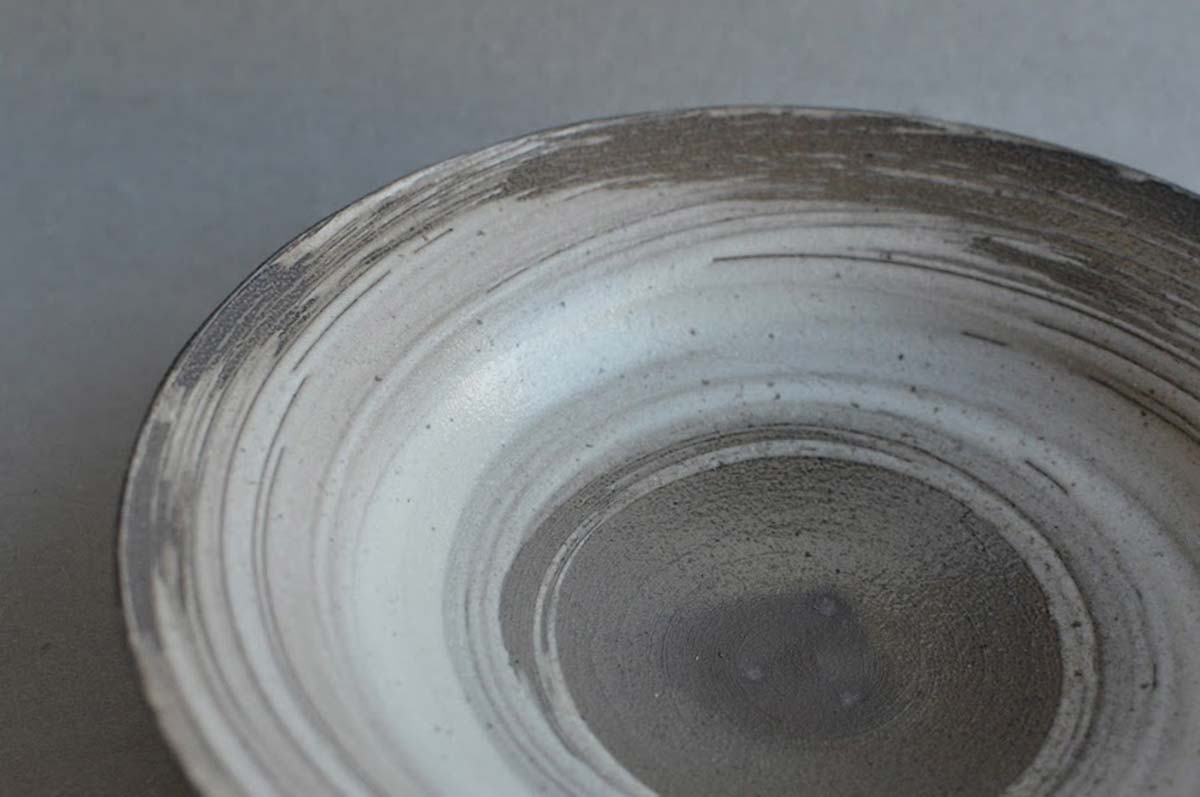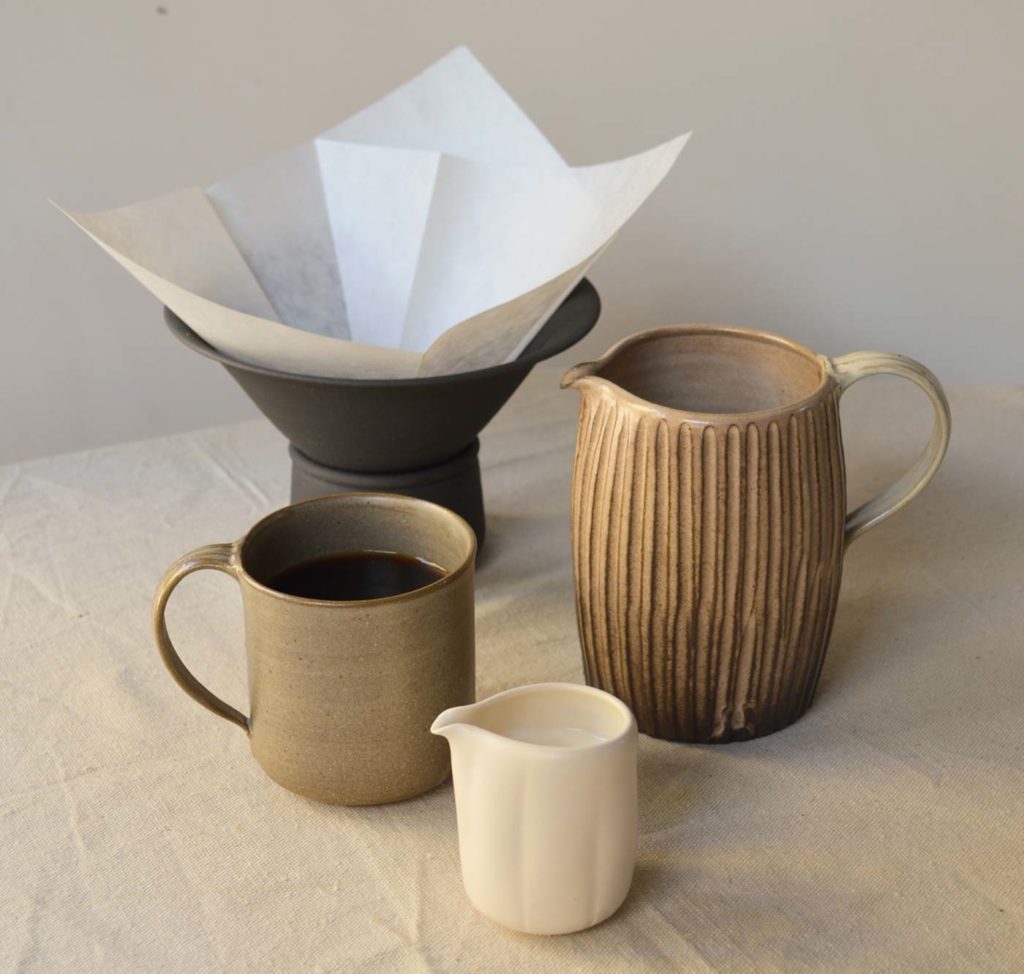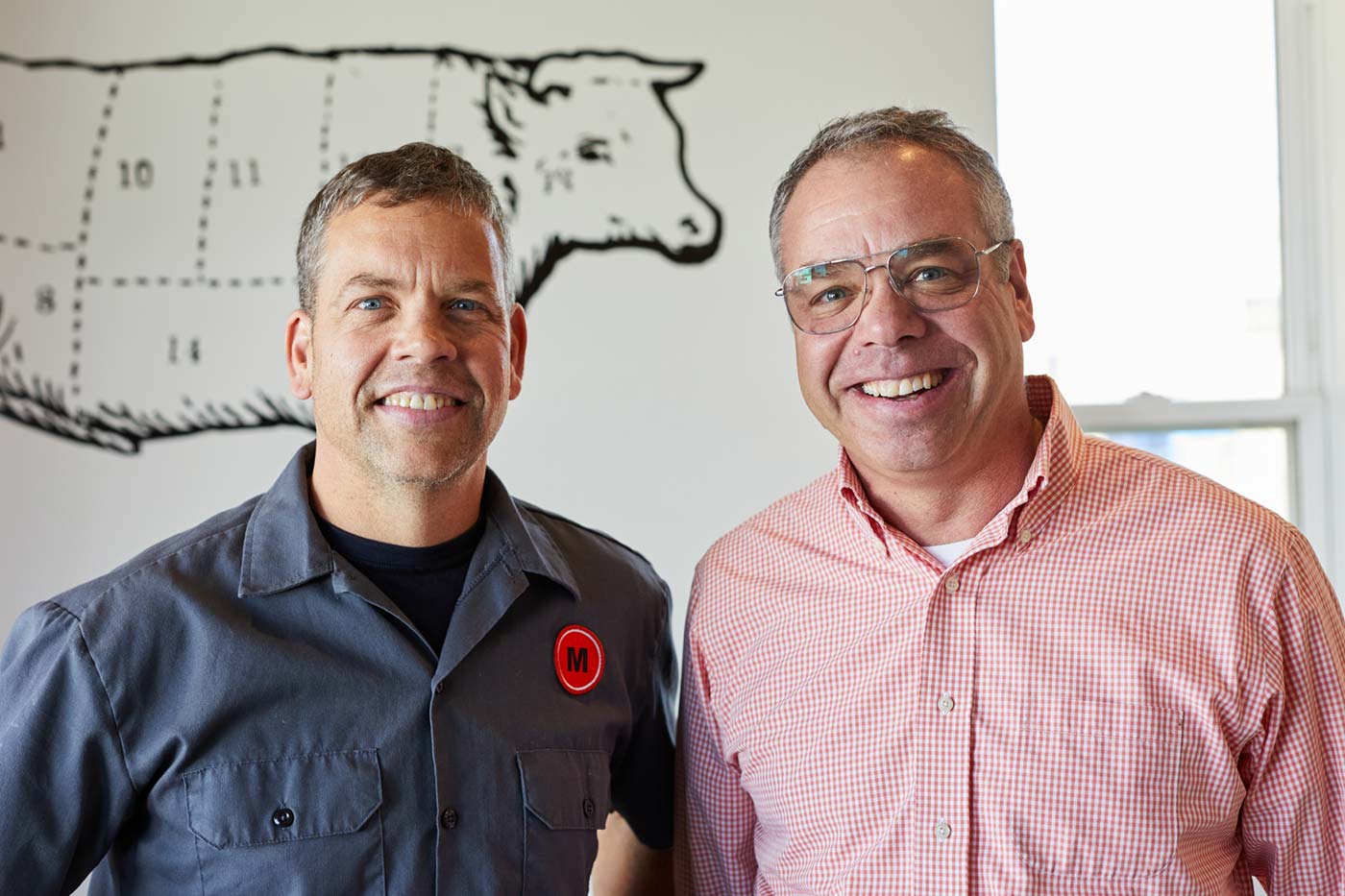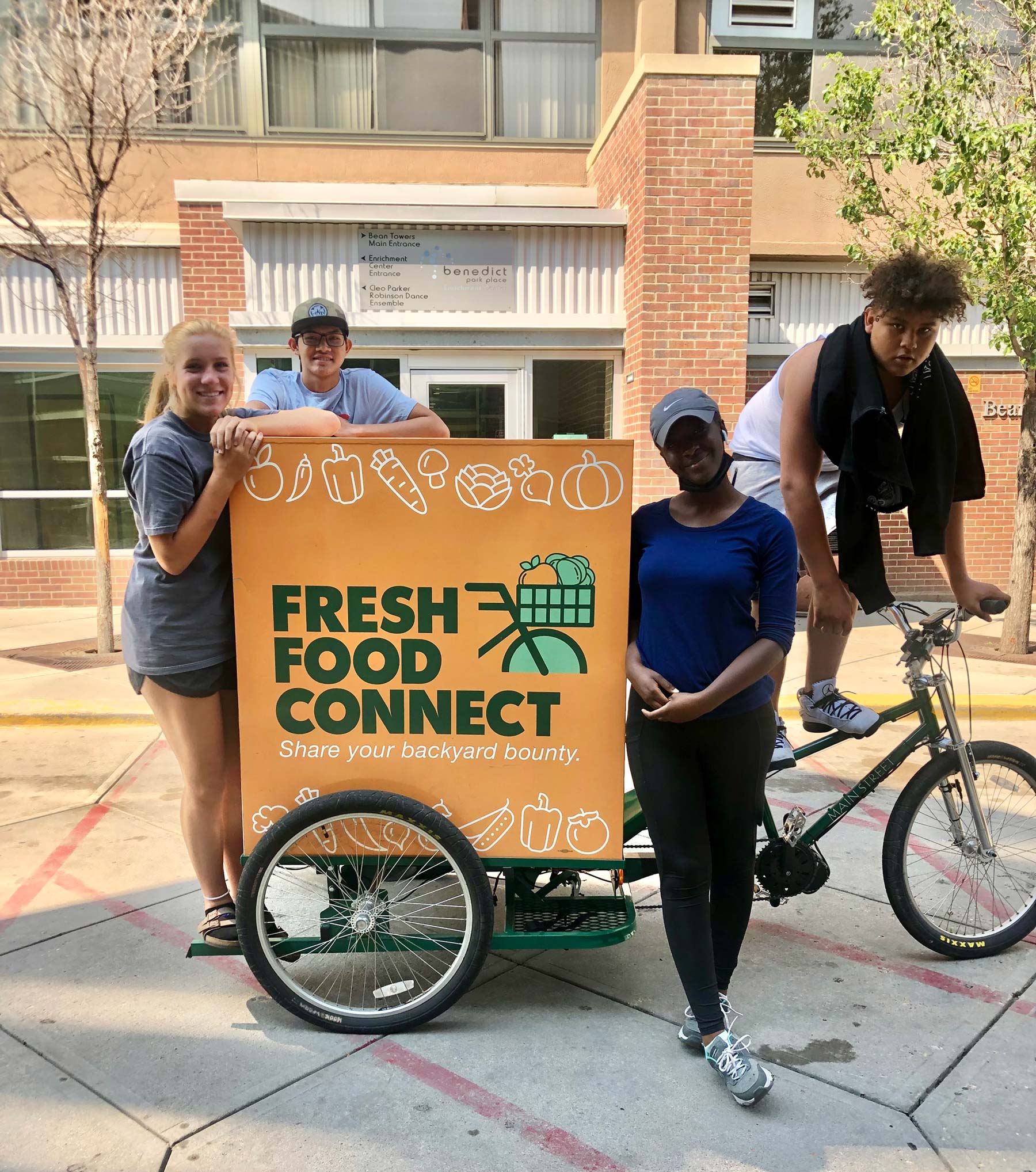“The ambition of every good cook must be to make something very good with the fewest possible ingredients,” said French chef Urbain Dubois. If that culinary goal is achieved, shouldn’t the simplicity of the meal also be reflected in how the food is served?
O’baware is a Boulder-based pottery studio that creates handmade ceramic pottery with natural curves and warm textures. According to founding potter Kazu Oba, “They may be slightly odd-shaped and irregular, just like us, but that’s a part of the beauty.”
Oba’s design process cannot be separated from his love of hospitality. He grew up with a deep cultural connection to Japanese cuisine. Additionally, Oba spent two decades working in Boulder-area restaurants. So even before he sat down at the wheel for the first time, when he was holding a chef’s knife or plating a dish he was considering how those details would impact the guest’s experience.
And while his background as a chef distinctly influences his work—he maintains a constant focus on the relationship between his pottery and the food that will occupy it—it is intended for functional, everyday use.
A handful of Denver restaurants have recognized Oba’s work and use it in their dining rooms. If you’ve dined at Sushi Den, Izakaya Den, Temaki Den or Ramen Star, chances are you’ve enjoyed a sip of sake or a nibble of sushi from one of his pieces.
Oba is most interested in creating what will be used. “I don’t consider my work complete until it is in your hands, and you are using it.”

His passion for functionality does not end with his pottery. Kazu recently designed his family’s dining table to reflect the standard eastern height, lower than is common in the west. This achieves a few important elements of dining. The first is to take better care in serving guests. For example, if the ceramic cup is empty on a taller table, it is not easy to see inside it to know to offer a refill. In Japanese culture one does not serve oneself, but the host/hostess observes their guests and knows when it is time to offer a refill. On a lower table, one can easily see within the ceramic cup to know when that offering is needed. Additionally, he wanted to create the relationship of table to forearm as correct for traditional Japanese dining, so Kazu adjusted both the height of the table and the seating.
From his customized dining table to his salt-fired pottery—everything from sake sets to bowls, plates and vases—Oba’s design is streamlined and intentional.
“Pottery is like calligraphy,” he said. “There is not a second stroke to be made on top of another. I aim to make a piece in one stroke, one gesture. The single gesture is the most honest. I hope to make all objects with intention and that have purpose. My more successful work is made with minimal gestures so that the intention is more direct and clearer. Its purpose is to serve.”




